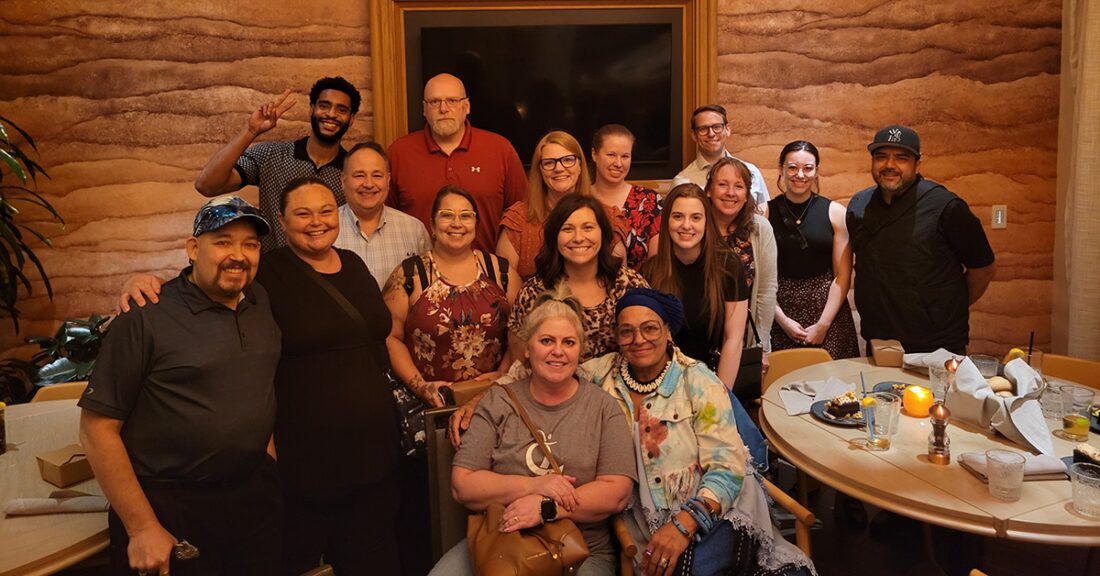Two Tools to Improve Family Engagement in Youth Probation

A workshop conducted by Arizona State University and Justice for Families in Oct. 2024 to gather feedback for the new tools. Photo credit: ASU Youth Justice Lab.
Strong family relationships are critical to youth success during and after probation. To help juvenile justice departments strengthen this engagement with families, the Youth Justice Lab at Arizona State University (ASU) — with support from the Annie E. Casey Foundation — has released the Family Engagement 360 Initiative (FE-360). The initiative includes two survey tools that help juvenile probation departments understand and improve how they engage with families.
What Is FE-360?
The name “360” reflects the full view probation leaders gain from both staff and family perspectives. With this practical, actionable feedback, leaders can adjust training, policies and procedures to better support youth success.
The initiative’s two tools are:
- a staff survey that assesses how probation officers and supervisors view family engagement — day-to-day strengths and opportunities for growth; and
- youth and family surveys that provide insight into the experiences of youth and caregivers during and after probation.
“Meaningful, lasting behavior change is difficult to sustain beyond probation without the active involvement of parents and other family members, which makes partnering with families critical,” said Dante Green with Casey’s Juvenile Justice Strategy Group.

Tool 1: Probation Staff Survey
Most probation department jurisdictions don’t have a clear picture of how staff view family engagement.
“The survey’s feedback report offers agencies a clear, data-driven foundation for shaping staff development and training,” said Teressa Schumacher of the Kansas Department of Corrections, which beta tested of the survey.
Request access to the probation staff survey
Staff responses are aggregated and confidential. Agency leaders receive a report that recommends tools or resources based on departmental data.
Tool 2: Youth and Family Survey
Beyond compliance and recidivism, agencies rarely have feedback on how probation affects youth well-being. These short surveys — one for youth, one for families — provide that crucial insight.
The surveys are ideally administered twice: halfway through the young person’s term on probation and again three months after the probation term ends. this knowledge gap. They cover housing, physical and mental health, hobbies and more. The questions take about 10 minutes to answer. The Youth Justice Lab administers the surveys independently and compensates participants, creating a safer space for honest feedback.
“This fosters a more honest and open dialogue, free from concerns about potential repercussions,” Schumacher said.
Request access to ASU’s youth and family surveys
The results are delivered via dashboard that helps leaders assess trends, track families’ experiences and measure the effectiveness of initiatives.
“These surveys help jurisdictions move beyond assumptions and use real feedback from youth, parents and staff,” said Adam Fine, ASU professor and director of the Youth Justice Lab. “They strengthen relationships and ultimately improve outcomes for young people on probation.”
Learn how to improve probation practices and outcomes for young people
Download a practice guide on family-engaged case planning






